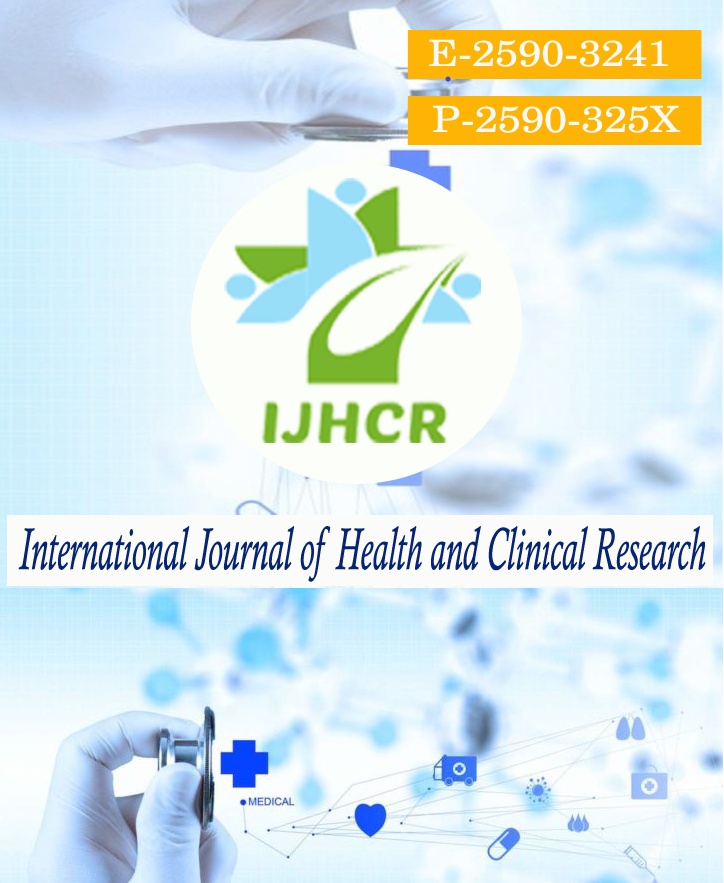A comparative study on single vs average of three measurements of blood pressure readings on the Omron HEM-7113 and the Microlife Watch BP-Home
Keywords:
Hypertension, Self-blood pressure measurement, Omron HEM-7113, Microlife Watch BP-Home, sphygmomanometer.Abstract
Introduction: Hypertension (HT) is the most common comorbidity impacting cardiovascular disease (CVD) and death in the world. Accurate measurement of blood pressure (BP) is imperative for appropriate diagnosis, treatment, CVD risk assessments, management of HT and monitoring of a wide range of clinical conditions. Use of automated BP devices has increased convenience and reduced the expertise required for performing measurements. Additional features such as irregular pulse detection have greatly increased the utility of newer sphygmomanometers. Validation studies and inter-device comparisons are important components of the process that precede regular home use authentication of newer devices. We analysed two oscillometry based digital devices designed for self-blood pressure measurement (SBPM), namely the Omron HEM-7113 and Microlife Watch BP-Home sphygmomanometers in our study. While the former takes single measurements, the latter device automatically measures mean of three readings for higher accuracy. The aim of this study was to evaluate and compare the accuracy of the two sphygmomanometers in normal healthy volunteers. Materials and Methods: 92 first year MBBS students attending the department of physiology of SKIMS Medical College, and comprising equal number of participants of either sex, were enrolled in the study. Criteria for exclusion were any history of hypertension, cardiac disease, or endocrine disorders. Results: Out of the 92 volunteers, male participants (n=46) had a mean age(±s.d) of 19(±0.91) years while female participants (n=46) had a mean age of 20(±1.01) years respectively. There was no association of age with mean systolic pressure, mean diastolic pressure and BMI. Mean (±s.d.) BP taken with the Omron HEM-7113 which gives single reading of systolic and diastolic BP was 123.82±15.68/76.75±11.37 mmHg. The Microlife Watch BP-Home gave (mean of 3 )readings of 121.09±14.18/76.90±10.33 mmHg for systolic/diastolic BP respectively. There was a non-significant difference (p=0.9) between the Microlife’s mean diastolic and Omron’s single diastolic pressure readings for the individuals under study. The comparison between the Microlife’s mean systolic and Omron’s single systolic pressure readings indicated that the mean readings are at par with the single pressure reading with a p-value equal to 0.054. The comparison results revealed a non-significant difference in both sexes. Conclusion: The study revealed that both the BP measuring apparatus are at par in measuring the BP in young adults.
Downloads
Published
How to Cite
Issue
Section
License
Copyright (c) 2021 Farhana Ahad, Reqaya Hameed, Tousief Irshad Ahmed, Mumtaz Gowhar

This work is licensed under a Creative Commons Attribution 4.0 International License.






 All articles published in International Journal of Health and Clinical Research are licensed under a
All articles published in International Journal of Health and Clinical Research are licensed under a 